
| Recorded by: Tony McBride, Jim Petranka and Becky Elkin on 2025-10-28
Carteret Co.
Comment: | 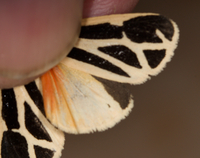
| Recorded by: Tony McBride, Jim Petranka and Becky Elkin on 2025-10-28
Carteret Co.
Comment: |
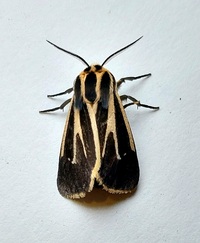
| Recorded by: Mark Basinger on 2025-10-04
Rowan Co.
Comment: | 
| Recorded by: Mark Basinger on 2025-10-04
Rowan Co.
Comment: |
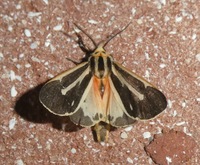
| Recorded by: Simpson Eason on 2025-09-28
Durham Co.
Comment: | 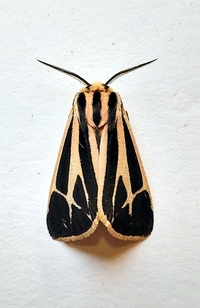
| Recorded by: Mark Basinger on 2025-09-24
Wilson Co.
Comment: |

| Recorded by: Mark Basinger on 2025-09-24
Wilson Co.
Comment: | 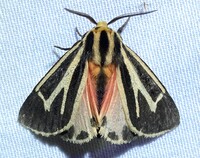
| Recorded by: Dean Furbish and Joy Wiggins on 2025-09-20
Wake Co.
Comment: |

| Recorded by: Mark Basinger on 2025-09-11
Wilson Co.
Comment: | 
| Recorded by: Mark Basinger on 2025-09-11
Wilson Co.
Comment: |
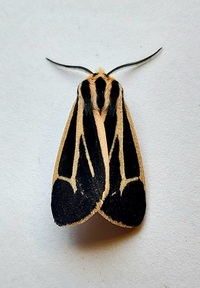
| Recorded by: Mark Basinger on 2025-09-04
Wilson Co.
Comment: | 
| Recorded by: Mark Basinger on 2025-09-04
Wilson Co.
Comment: |

| Recorded by: Mark Basinger on 2025-09-01
Rowan Co.
Comment: | 
| Recorded by: Dean Furbish and Joy Wiggins on 2025-08-28
Wake Co.
Comment: |

| Recorded by: Dean Furbish and Joy Wiggins on 2025-08-28
Wake Co.
Comment: | 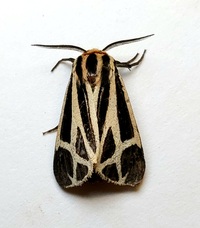
| Recorded by: Mark Basinger on 2025-07-29
Wilson Co.
Comment: |
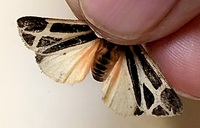
| Recorded by: Mark Basinger on 2025-07-29
Wilson Co.
Comment: | 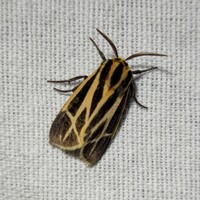
| Recorded by: Melody McMichael on 2025-07-24
Forsyth Co.
Comment: |
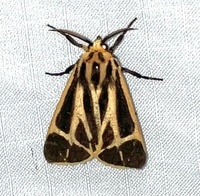
| Recorded by: Ken Kneidel on 2025-07-19
Mecklenburg Co.
Comment: | 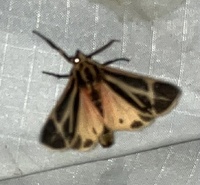
| Recorded by: Ken Kneidel on 2025-07-19
Mecklenburg Co.
Comment: |

| Recorded by: Mark Basinger on 2025-06-27
Rowan Co.
Comment: | 
| Recorded by: Mark Basinger on 2025-06-27
Rowan Co.
Comment: |

| Recorded by: Mark Basinger on 2025-06-14
Rowan Co.
Comment: | 
| Recorded by: Mark Basinger on 2025-06-14
Rowan Co.
Comment: |

| Recorded by: B. Bockhahn on 2025-06-03
Currituck Co.
Comment: | 
| Recorded by: B. Bockhahn on 2025-06-03
Currituck Co.
Comment: |

| Recorded by: Simpson Eason on 2025-05-05
Durham Co.
Comment: | 
| Recorded by: Mark Basinger on 2025-04-30
Wilson Co.
Comment: |
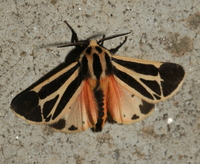
| Recorded by: David George, Bonnie Eamick on 2025-04-25
Wake Co.
Comment: | 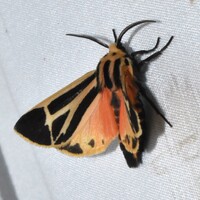
| Recorded by: Jeff Niznik on 2025-04-23
Orange Co.
Comment: |
|

 »
»






















